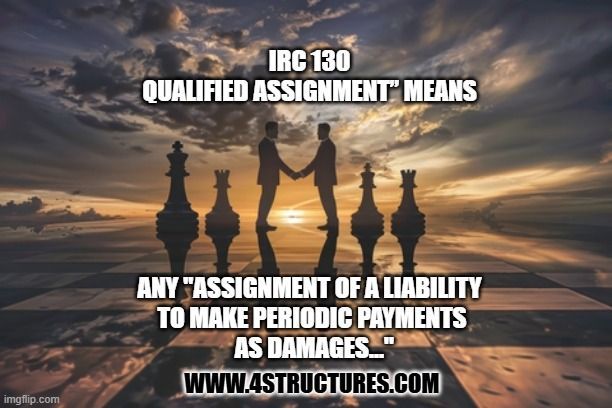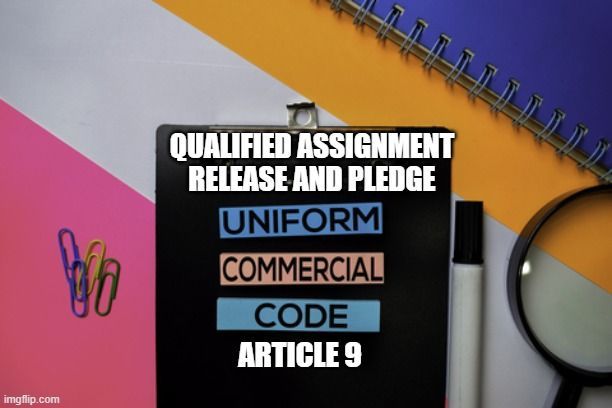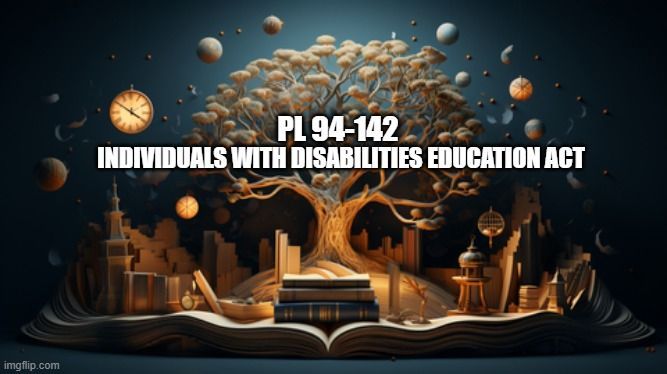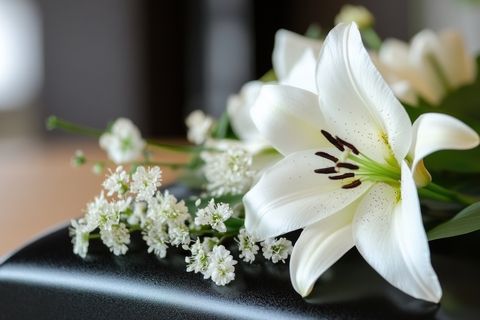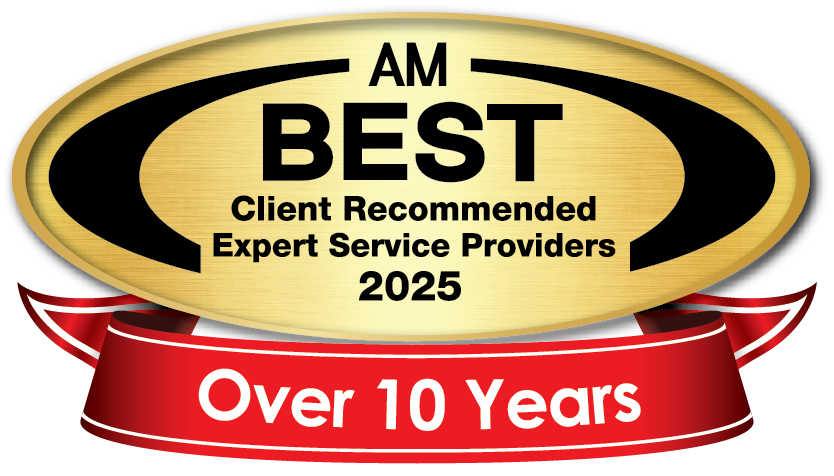Structured Settlement Best Practices
Multiple Claimant Qualified Assignments Are Unwise with QARP
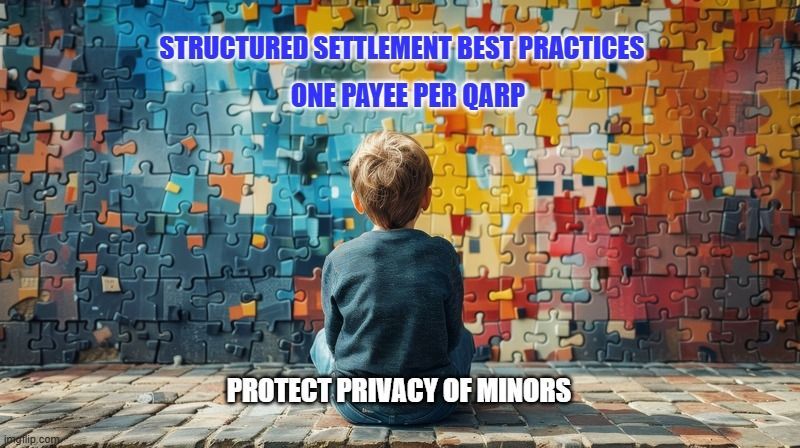
In the interest of brevity , some preparers of qualified assignment agreements put all of the plaintiffs on a single document. Perhaps this is not the wisest move
Avoid Creating Privacy Issues in the Event of Later Sale of Structured Settlement Payment Rights
Consider a family of 4 who were each injured to various degrees in an auto accident while on vacation. They are each receiving their own structured settlement payments from the settlement of a lawsuit against the "Upside Down Pineapple Company". When the structured settlement was all of their names, addresses and in some cases social security numbers and beneficiaries are on a single document. If one later decides to sell some structured settlement payment rights to a "pennies on the dollar" settlement purchaser, you've just given a free road map to the rest of their bounty.
Parents or guardians might want to keep the details of the structured settlement from their children until they reach the age of majority. If the older sibling sees what the younger is due to receive, what's to prevent them from discussing the terms with their sibling, or even possibly solicit and/or take a bribe from a factoring company?
Single Payee Per Pledge
A Qualified Assignment Release and Pledge Agreement (QARP) is a form of qualified assignment that has been in use since 1988, where the payee wishes to have a status greater than that of a general creditor. When a QARP is used in the process to establish the structured settlement, the annuity purchased as a qualified funding asset, is pledged to the payee (secured party). A
creditor with a
secured claim may be in a better position than a general creditor. A bankruptcy discharge (the order that wipes out debt) won’t get rid of a lien on your property. It only eliminates your liability to pay the debt. Since the lien remains, the
creditor can still foreclose or repossess the property if the loan doesn’t get paid. With few exceptions a life insurance company cannot declare bankruptcy, but a qualified assignment company might if it is not an insurance company.
A brief survey of several structured settlement annuity issuers ranges from an absolute "must be separate QARPs" to "would prefer separate QARPs", but would accept if not.
Brevity Does not Trump #1 and #2
It seems the only reason not do separate QARPs is brevity (i.e. to simply to avoid work). Therefore for the reasons stated above, best practice is to use separate QARPs for each Payee, except perhaps where there is a joint and survivor.
Last updated July 8, 2025
